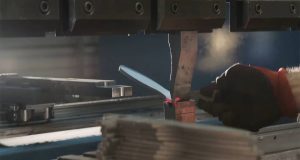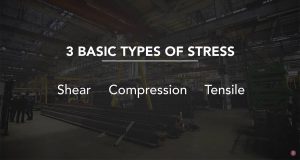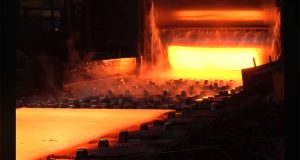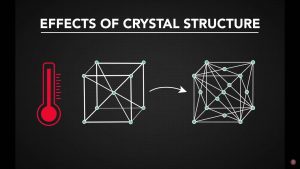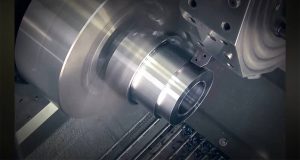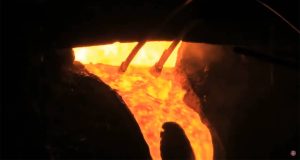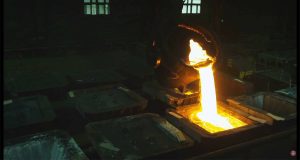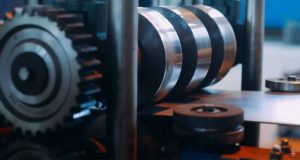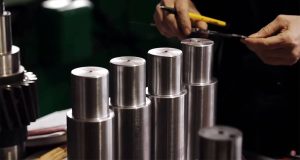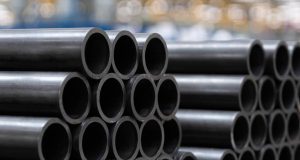Understanding Metal Crystal Structures: In the world of metallurgy, the crystal structure of a metal is a fundamental aspect that determines its properties and performance. Metals are composed of atoms arranged in a specific, repeating pattern, known as a crystal structure. The most common types of crystal structures found in metals are Hexagonal Close-Packed (HCP), Face-Centered Cubic (FCC), and Body-Centered Cubic (BCC).
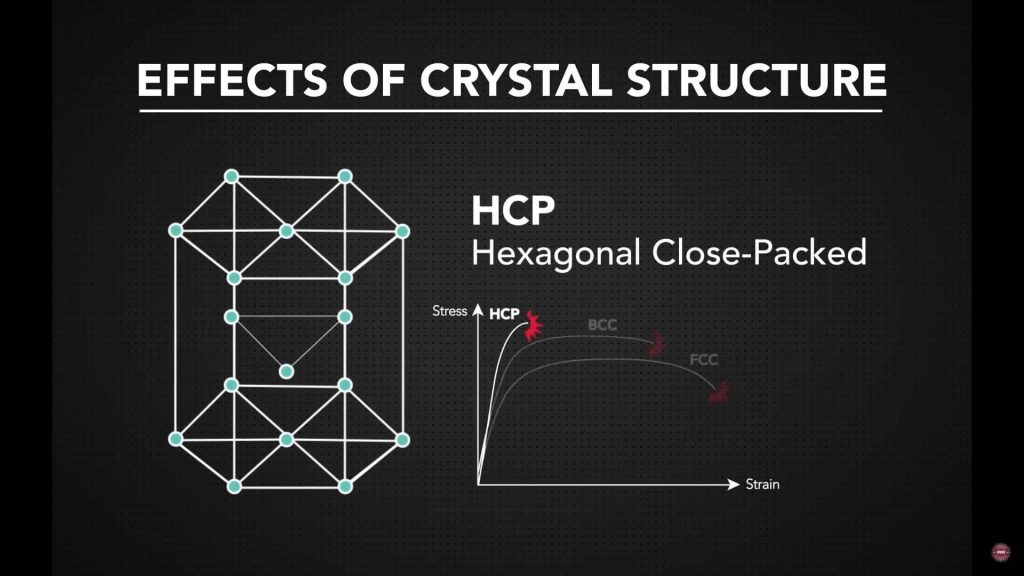
Hexagonal Close-Packed (HCP) Structures:
- Properties: Tend to be very brittle.
- Examples: Titanium, Magnesium.
Face-Centered Cubic (FCC) Structures:
- Properties: Usually ductile and slide around more easily than HCP structures.
- Examples: Aluminum, Nickel, Lead, Gold.
Body-Centered Cubic (BCC) Structures:
- Properties: Tend to be hard but not as ductile.
- Examples: Iron, Tungsten, Chromium.
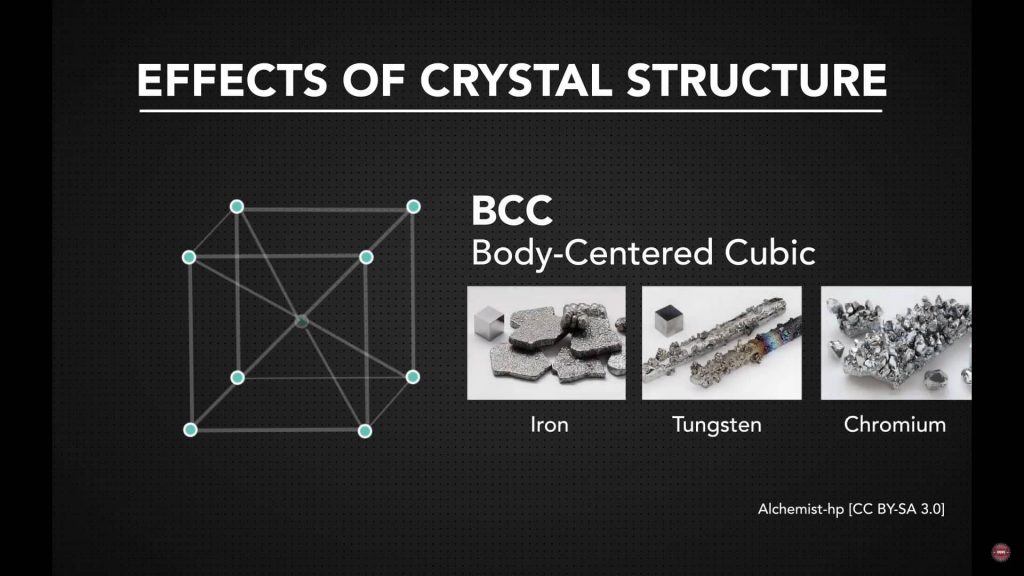
Temperature Changes and Crystal Structures: The crystal structure of a metal may change with temperature. For example, a BCC structure can transform into an FCC structure at higher temperatures. This transformation occurs because crystal structures are formed based on the most efficient way to use energy. By altering the temperature or pressure, the amount of energy being used changes, potentially altering the crystal structure.
Impact on Properties: A metal’s crystal structure determines its characteristics. HCP structures tend to be very brittle because of the way that they are packed together. FCC metals usually are ductile. They slide around easier than HCP structures. FCC metals include aluminum, nickel, lead, and gold. HCP metals include titanium and magnesium. Metals with a BCC structure have similar properties. They tend to be hard, but not as ductile. Iron, tungsten, and chromium are BCC metals at room temperature. Since crystal structures are created by the most efficient way to use energy, you can alter the amount of energy being used by changing temperature or pressure. Therefore, a BCC structure may become an FCC structure at greater temperatures.
Structural Transitions and Their Impacts
Understanding how metals transition between different crystal structures under various conditions is crucial for their application in engineering and manufacturing. These transitions can significantly impact the metal’s mechanical properties, such as strength, ductility, and toughness.
Structural Transitions:
- Temperature-Induced Transitions: Metals like iron exhibit different crystal structures at different temperatures. For instance, iron transitions from a BCC structure (ferrite) at room temperature to an FCC structure (austenite) at higher temperatures.
- Pressure-Induced Transitions: High pressure can also induce changes in crystal structure. For example, under extreme pressure, some metals can transform from a BCC to an HCP structure, affecting their hardness and elasticity.
Impact on Properties:
- These structural transitions can alter the mechanical properties of metals, making them more suitable for specific applications. Engineers can exploit these changes to enhance material performance under varying operational conditions.
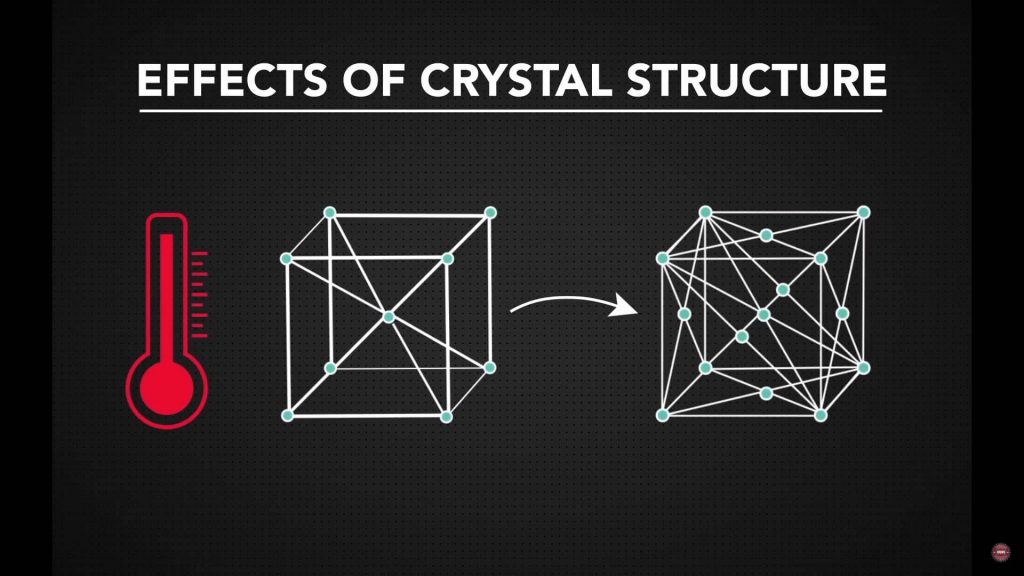
Practical Applications of Crystal Structure Knowledge
The knowledge of metal crystal structures and their effects on properties is not just theoretical but has practical applications in various industries. From aerospace to construction, this understanding helps in the design and manufacturing of durable and efficient components.
Aerospace Industry:
- Aluminum Alloys: Used extensively due to their FCC structure, providing excellent ductility and strength-to-weight ratio, essential for aircraft structures.
- Titanium Alloys: Featuring HCP structures, these alloys offer high strength and corrosion resistance, ideal for aerospace fasteners and landing gear components.
Construction Industry:
- Steel Alloys: Depending on their BCC or FCC structures, steel alloys can be tailored for different construction needs, such as rebar for reinforced concrete (requiring high tensile strength) or structural beams (requiring a balance of strength and ductility).
Automotive Industry:
- High-Strength Steels: Utilized in vehicle frames and bodies, BCC structured steels provide the necessary toughness and impact resistance to enhance safety.
- Aluminum Components: Lightweight FCC structured aluminum alloys help in reducing vehicle weight, improving fuel efficiency and performance.
By applying the principles of crystal structure behavior, industries can innovate and improve their products, ensuring they meet the required standards for performance and safety.
Watch Our Video: The Effects of Crystal Structure on Metal Properties
For a deeper understanding of how crystal structures impact metal properties, check out our detailed video on SawbladeUniversity’s YouTube channel. This video breaks down complex concepts into easy-to-understand visuals and explanations, providing valuable insights for both beginners and professionals. Enhance your knowledge and see real-world examples of how different crystal structures influence metal behavior under various conditions. Don’t miss out watch now to expand your expertise!
Explore More: Working with Magnesium Alloys: Tips and Techniques
For those interested in expanding their knowledge and skills, we invite you to read our in-depth article, “Working with Magnesium Alloys: Tips and Techniques.” This comprehensive guide covers everything you need to know about handling magnesium alloys, including practical tips, safety measures, and advanced techniques. Whether you’re a novice or a seasoned professional, this article provides valuable insights to help you work more effectively and efficiently with magnesium alloys. Don’t miss out on this essential resource check it out now!
Understanding the effects of crystal structure on metal properties is essential for optimizing material performance in various applications. By exploring different crystal structures, their characteristics, and how they change under different conditions, we can make informed decisions about material selection and maintenance. For more detailed information visit SawbladeUniversity.

